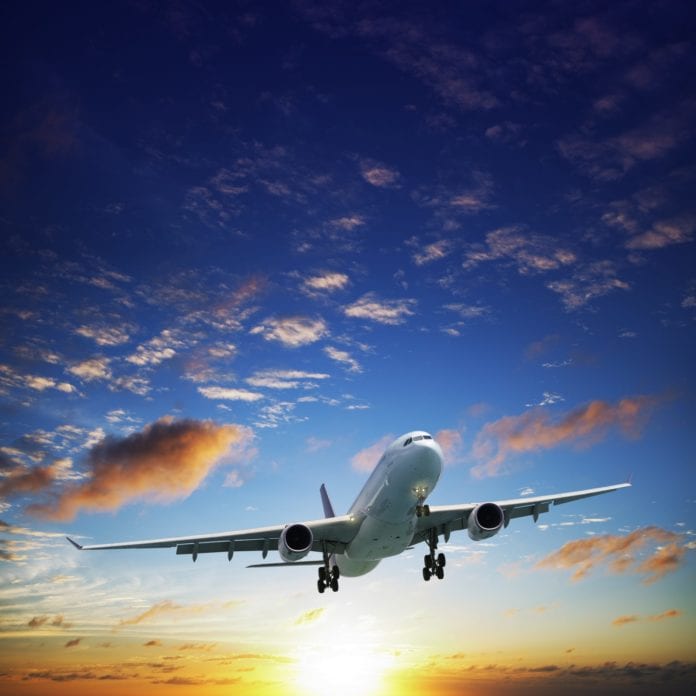Vulnerable aircraft radio altimeters must be retrofitted; Verizon anticipates an ‘accelerated and defined schedule’
Verizon, AT&T, aviation industry players and federal regulators say they have come up with a series of steps that will balance continued protection of aircraft radio altimeters from potential interference by terrestrial 5G C-Band operations, but allow the carriers to phase in expanded use of their C-Band spectrum near airports.
“We believe we have identified a path that will continue to enable aviation and 5G C-band wireless to safely co-exist,” said Acting Federal Aviation AdministrationAdministrator Billy Nolen. “We appreciate the willingness of Verizon and AT&T to continue this important and productive collaboration with the aviation industry.”
Craig Silliman, EVP and chief administrative officer for Verizon, said in a statement that the various stakeholders have come to an agreement that provides “a path forward that will enable Verizon to make full use of our C-Band spectrum for 5G around airports on an accelerated and defined schedule. Under this agreement reached with the FAA, we will lift the voluntary limitations on our 5G network deployment around airports in a staged approach over the coming months meaning even more consumers and businesses will benefit from the tremendous capabilities of 5G technology. This progress is the result of months of close collaboration with the FAA, FCC and aviation industry, and sets the stage for continued, robust 5G deployment.”
Verizon and AT&T had delayed their initial C-Band turn-up after the FAA and aviation industry players indicated concerns about the impact that terrestrial 5G operations in the band might have on radio altimeters, which determine an aircraft’s height above the ground and are particularly crucial in low-visibility situations. Radio altimeters supporting these systems operate between 4.2-4.4 GHz; initial C-Band 5G operations deployments turned up spectrum at 3.7 GHz. While there is substantial RF distance between those two types of operations, the FAA has maintained its concern about even the possibility of out-of-band interference with altimeter systems, which were not designed to deal with a changing RF environment or terrestrial 5G operations. The FAA has already cleared some altimeters for use in the presence of C-Band operations, but in January, AT&T and Verizon also agreed to abide by “5G-free” buffer zones around 50 U.S. airports for a period of six months while the various stakeholders worked on a plan to address the interference concerns. That period ends July 5th.
Now, the FAA says they’ve come up with the plan. The phased approach “requires operators of regional aircraft with radio altimeters most susceptible to interference to retrofit them with radio frequency filters by the end of 2022. This work has already begun and will continue on an expedited basis,” the agency said. In the meantime, it says it has worked with AT&T and Verizon to identify airports where they can use their C-Band spectrum with “the least risk of disrupting flight schedules.”
On Friday, the FAA said, AT&T and Verizon offered to keep “some level of voluntary mitigations” in place for an additional year, as altimeter retrofitting work goes on.
“We all agreed when we began these meetings that our goal was to make July 5, 2022, just another date on the calendar, and this plan makes that possible,” Nolen said. The FAA went on to say that radio-altimeter manufacturers and aircraft manufacturers have work “at an unprecedented pace” to develop and test new filters and kits, the first of which are being received by customers now and in most cases, can be installed within a few hours at an airline’s maintenance facility. Operators of aircraft with affected radio altimeters “must install filters or other enhancements as soon as possible,” with filters and replacement units for mainline commercial fleets expected to be available on a timeline such that the work could be “largely completed by July 2023.
“After that time, the wireless companies expect to operate their networks in urban areas with minimal restrictions,” the agency noted.
In the meantime, the FAA said it would continue to work with the National Telecommunications and Information Administration and the Federal Communications Commission on related technical issues, as well as tracking the pace of altimeter retrofits and “working with the wireless companies to relax mitigations around key airports in carefully considered phases.”

